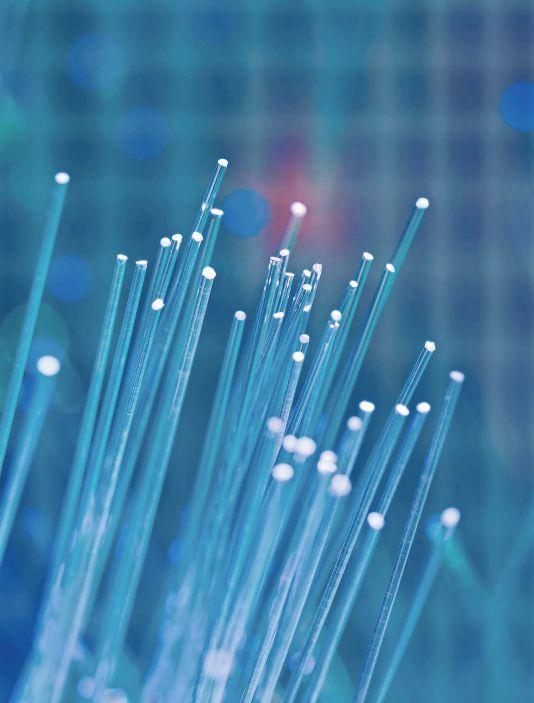
3 minute read
Fiber in North Dakota’s future Midco begins upgrade and expansion of its fiber network
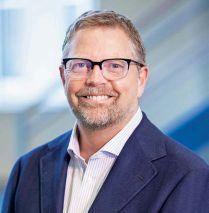
By Andrew Weeks
Midco is investing $500 million to upgrade and expand its fiber in the upper Midwest, with a couple of hundred million dollars invested in North Dakota alone.
Initially, $100 million will be invested in the communities of Bismarck, Fargo and Dickinson, according to company President Pat McAdaragh. But eventually that number will tick up to around $200 million for additional North Dakota as more communities receive network infrastructure upgrades, including Grand Forks.

While the initial investment targets three cities, work also will take place in other areas such as Grand Forks, and by about 2026 most of the state should be covered, he said.
The company held an event on July 8 at the state capital in Bismarck to announce its plans, which it calls Fiber Forward — an expansive investment that uses the company’s robust fiber network and next-generation fiber technology to bring 10G speeds to the region.
When complete, it will deliver the blazing internet speeds to businesses and homes across the region and double Midco’s fiber network to 22,000 miles. About 150,000 businesses and homes will be impacted, according to the company.
McAdaragh said this is just the beginning. Plans are underway to fit the entire state with the high-end fiber technology, a promise the company made in 2019 when it first announced it would invest $500 million to deliver a 10G network by 2030. The announcement today, he said, is letting customers know the company is starting to fulfill its promise.
The term 10G should not be confused with cellular 5G, which stands for fifth generation. Instead, 10G is a broadband platform with the ability to deliver internet speeds of up to 10 gigabits per second.
That’s remarkable speed, McAdaragh said. But the venture is not something that will happen overnight. It is a multi-year project, and it will be a few years before customers can tap into it.
Pat McAdaragh President and CEO Jon Pederson Chief Technology Officer
Looking ahead, high-grade fiber will not only be a convenience, said Joe Pederson, Midco’s chief technology officer based in Sioux Falls, S.D., but a necessity of the times that will lead to economic development and provide a better quality of life, especially as office dynamics change and more people likely will continue working remotely.
“It really means that what they need to do, they can do without worry,” he said. “This is still just one spectrum of solutions; you can get whatever works best for your household, but it can go all the way up to 10G. We can’t imagine what kind of apps will be used in the home 10 years from now, but we’re positioning ourselves to take advantage of those apps and enable our customers.”
Pederson said the company also is looking at ways to upgrade WI-Fi abilities. For now, however, he is excited about what the future holds with this next phase of fiber.
McAdaragh and Pederson, who both have been with the company for several decades, said when they started with the company fiber was yet many years in the future. Now it services customers using almost all fiber.
McAdaragh said Midco, especially over the past 12 years or so, has tried to leverage fiber for its customers, noting that with tremendous broadband growth – which seems to double about every 16 months, “we were doing upgrades like crazy to stay ahead. Every upgrade pushed fiber closer and closer to home, and so now we have a lot of fiber in our network. It’s just now getting close enough that we can start to see some magic happen.”
McAdaragh said he is rather “bullish” about North Dakota, noting this venture helps position the state for future successes.
“There’s a lot of technology underneath it; we took a lot of research and did a lot of talking internally to make sure there’s alignment,” he said. “Technology changes all the time and so we often have to wait for the technology to ripen. We just feel very ready to go now.”
Besides the $200 invested in North Dakota, $200 million will go to the company’s fiber efforts in South Dakota and the remaining $100 million to Minnesota and Kansas.
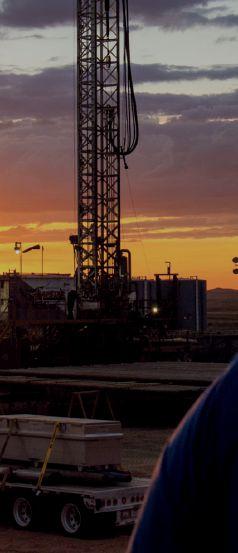
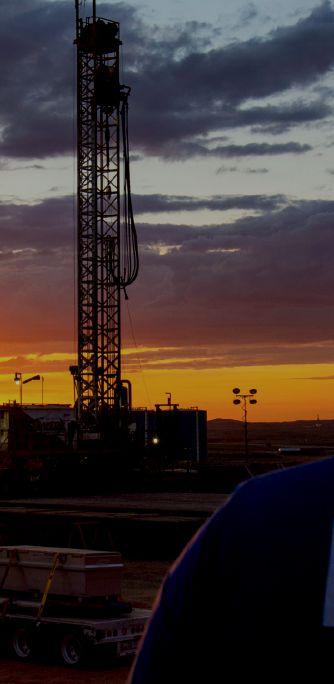
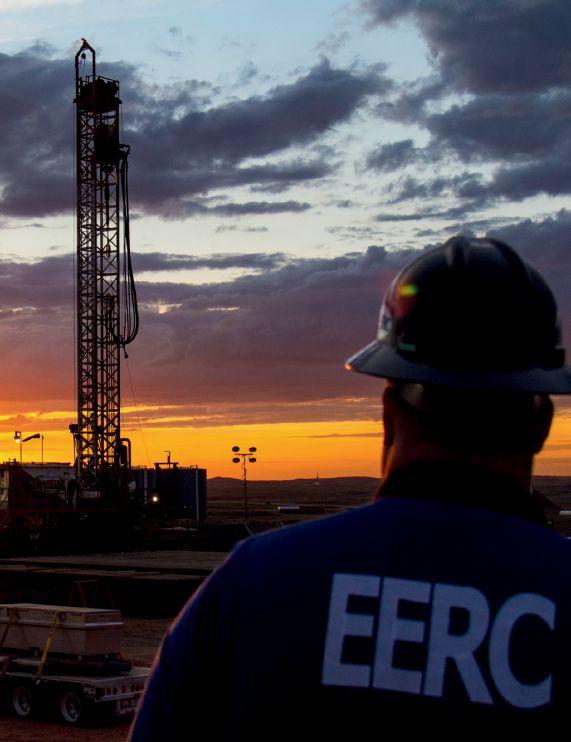
“We have always planned to be ahead of the curve of where the marketplaces are, the new applications that are going to really drive the bandwidth usage … and so where we’re at now is a massive network upgrade; it’s generational in nature. By generational I mean once about every 25 years.” It is “going to position all of our territories, North Dakota, Fargo area and Bismarck – everywhere – for the next generation.”









